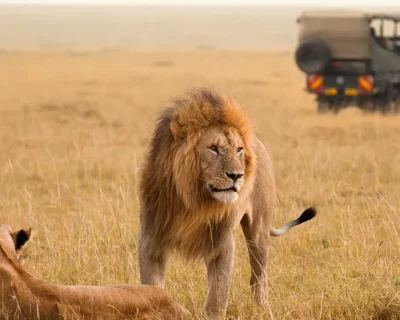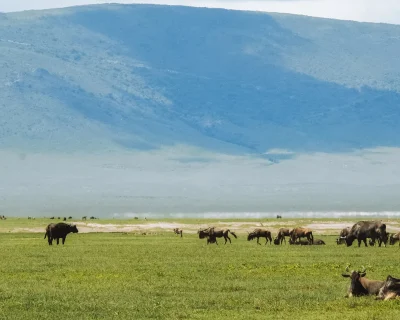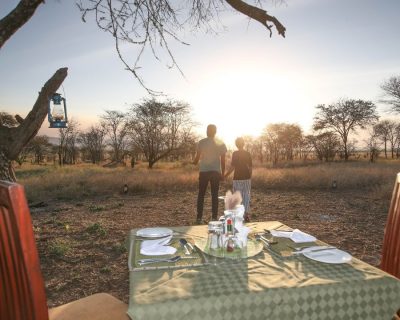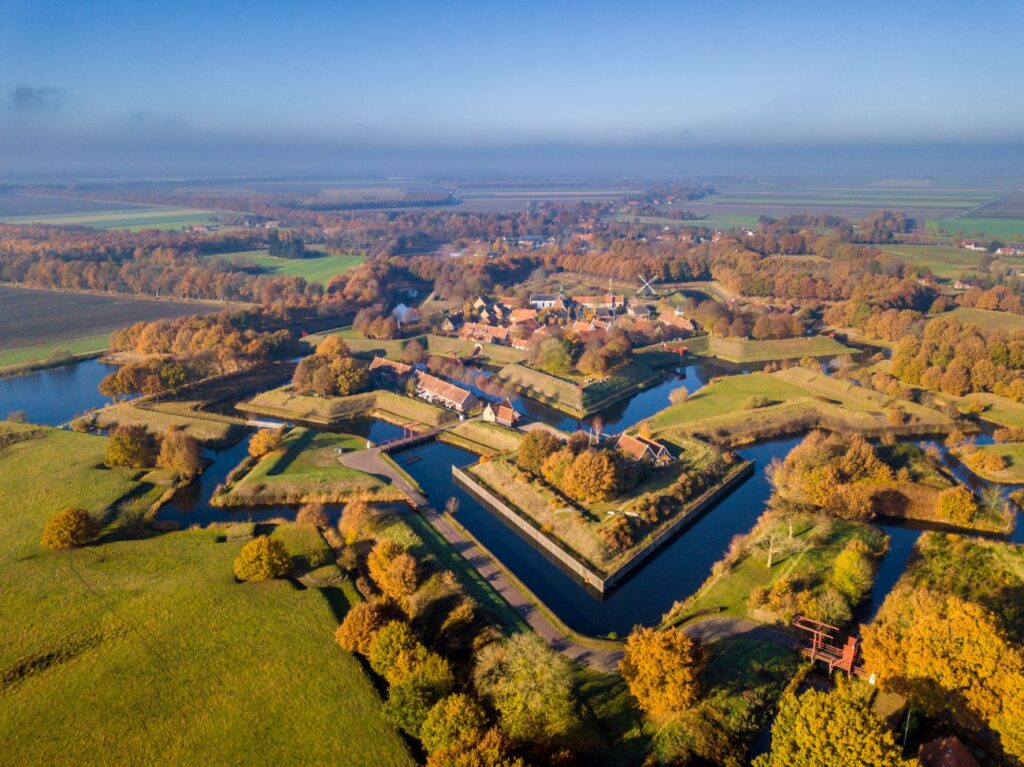Which part of Serengeti is best? The answer depends on what you’re seeking from your safari adventure. For first-time visitors, the Central Serengeti is often the top choice due to its abundant wildlife, including the Big Five, and year-round game viewing opportunities. However, if witnessing the Great Migration is your primary goal, the Northern Serengeti is unparalleled, offering spectacular views of the dramatic Mara River crossings from August to October.
Each region of the Serengeti National Park provides unique experiences, from the luxury and exclusivity of the Western Corridor to the tranquil beauty of the Eastern Serengeti, ensuring there’s something for every safari enthusiast. In this article, we will explore these regions in more detail based on different factors, helping you decide which part of the Serengeti is best for your adventure. Additionally, the Ngorongoro Conservation Area, adjacent to Serengeti National Park, features significant geological and archaeological sites, such as the Ngorongoro Crater and Olduvai Gorge, enhancing the overall safari experience.
Key Takeaways
- The Serengeti is divided into distinct regions—Central, Northern, Western, and Eastern—each offering unique wildlife experiences and scenery.
- The best time for wildlife viewing varies by region; peak season runs from June to October in Central, while the Northern region is ideal for witnessing the Great Migration from August to October.
- A minimum of 4 to 5 days is recommended for an immersive Serengeti experience, with various additional activities and accommodations available for guests.
Planning Your Safari
Planning a safari in Serengeti National Park is an exciting endeavor that requires careful consideration to ensure a memorable experience. Here are some essential tips to help you plan your adventure:
1. Best Time to Visit: The optimal time to visit Serengeti National Park is during the dry season, from June to October, when wildlife is more concentrated around water sources, making it easier to spot animals. However, if witnessing the wildebeest migration is on your bucket list, plan your visit between December and July. During this period, you can observe the dramatic movements of millions of wildebeests and zebras across the plains.
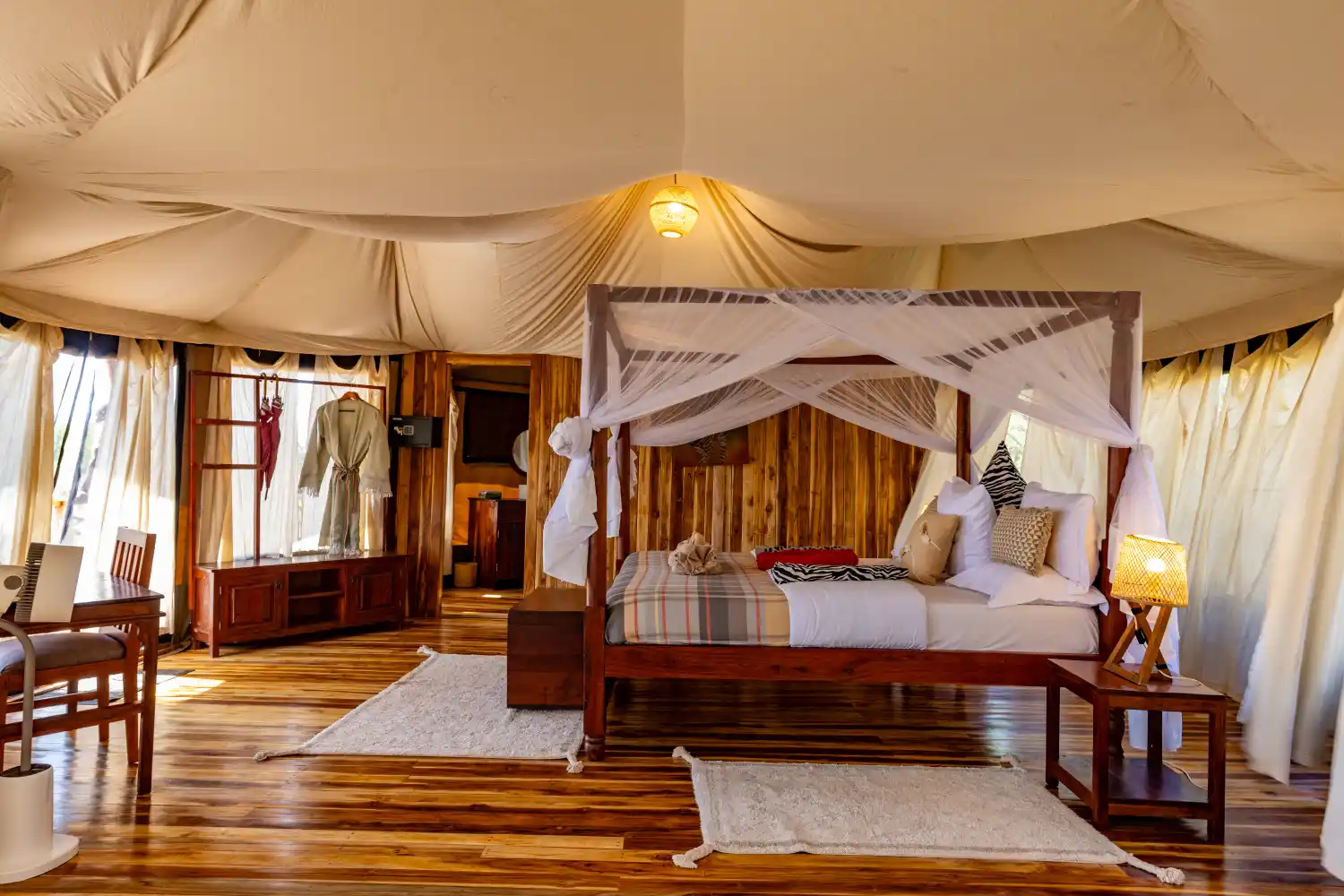
2. Accommodation: Serengeti National Park offers a wide range of accommodation options to suit different budgets and preferences. From budget-friendly campsites to luxurious lodges, there’s something for everyone. Staying in the central Serengeti is highly recommended for first-time visitors, as it provides easy access to the park’s main attractions and abundant wildlife.
3. Activities: While game drives are the most popular activity in the Serengeti, there are several other ways to enhance your safari experience. Consider adding a hot air balloon ride to your itinerary for a breathtaking aerial view of the park. Walking safaris and birdwatching tours are also excellent options for those looking to explore the park’s diverse ecosystems more intimately.
4. Guided Tours: Hiring a guide or joining a guided tour can significantly enrich your safari experience. Knowledgeable guides offer valuable insights into the park’s wildlife, ecosystems, and history, ensuring you get the most out of your visit. They can also help you spot elusive animals and navigate the park’s vast landscapes.
5. Safety: Safety is paramount when visiting Serengeti National Park. Always follow park rules and regulations, and stay inside your vehicle during game drives. Never approach or feed wildlife, and maintain a safe distance from predators. By adhering to these guidelines, you can enjoy a safe and unforgettable safari experience.
By considering these factors, you can plan a well-rounded and enjoyable safari in Serengeti National Park, tailored to your interests and preferences.
Exploring Serengeti Regions
The Serengeti National Park is a vast expanse of wilderness, divided into several distinct regions, each offering its own unique flavor of adventure. Whether you’re drawn to the heart-pounding action of the Great Migration or the serene beauty of the Eastern Serengeti, there’s a perfect spot for every safari enthusiast.
The Maasai Mara National Reserve, located just north of the Serengeti, plays a crucial role in the Great Migration. The Mara River crossings are a highlight, showcasing the dramatic movement of wildlife between the Northern Serengeti and the Mara.
Each part of the Serengeti attracts different types of visitors, based on their interests in wildlife viewing, scenery, and accommodations. Exploring these regions promises a memorable safari experience, filled with diverse ecosystems and abundant wildlife.
Let’s delve into the specifics of each region to help you decide where to focus your adventure.
Central Serengeti: Heart of Wildlife Viewing
Central Serengeti is often considered the heart of Serengeti National Park, renowned for its rich wildlife sightings, including the Big Five—lions, leopards, elephants, buffalos, and rhinos. This region offers consistent opportunities for wildlife viewing year-round, thanks to its permanent water sources like the Seronera River Valley. The nearby Ngorongoro Crater, part of the Ngorongoro Conservation Area, is also notable for its rich wildlife and status as the world’s sixth-largest intact volcanic caldera.
The peak season for wildlife viewing in Central Serengeti occurs from June to October, when the dry season drives animals to congregate around water sources. During this time, visitors can witness large herds of animals and enjoy the vibrant ecosystem that supports a diverse range of species.
Northern Serengeti: The Great Migration Marvel
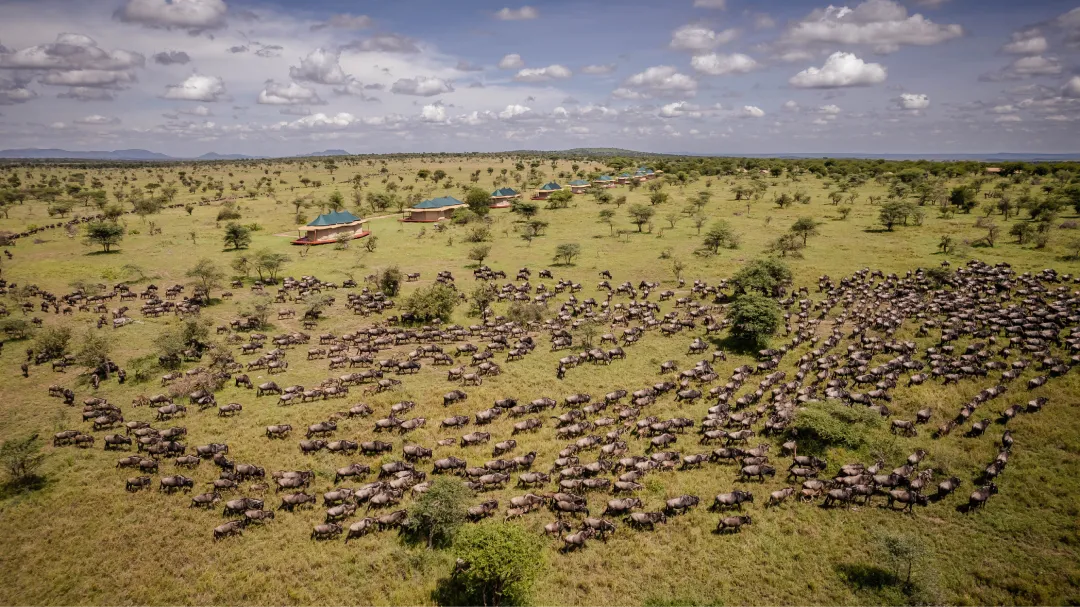
The Northern Serengeti is a treasure trove for those eager to witness the Great Migration. This part of the Serengeti is uniquely positioned to offer views of the dramatic river crossings at the Mara River, where millions of wildebeests and zebras brave the waters in search of greener pastures.
The Maasai Mara National Reserve plays a crucial role in the Great Migration, with animals crossing from the Serengeti into the Mara, highlighting the interconnectedness of these ecosystems.
Despite its popularity during the migration season, the Northern Serengeti remains the most remote and least crowded area of the park. This makes it an ideal destination for those seeking a more intimate wildlife experience away from the busier central regions.
Western Corridor: Luxury and Migration Crossings
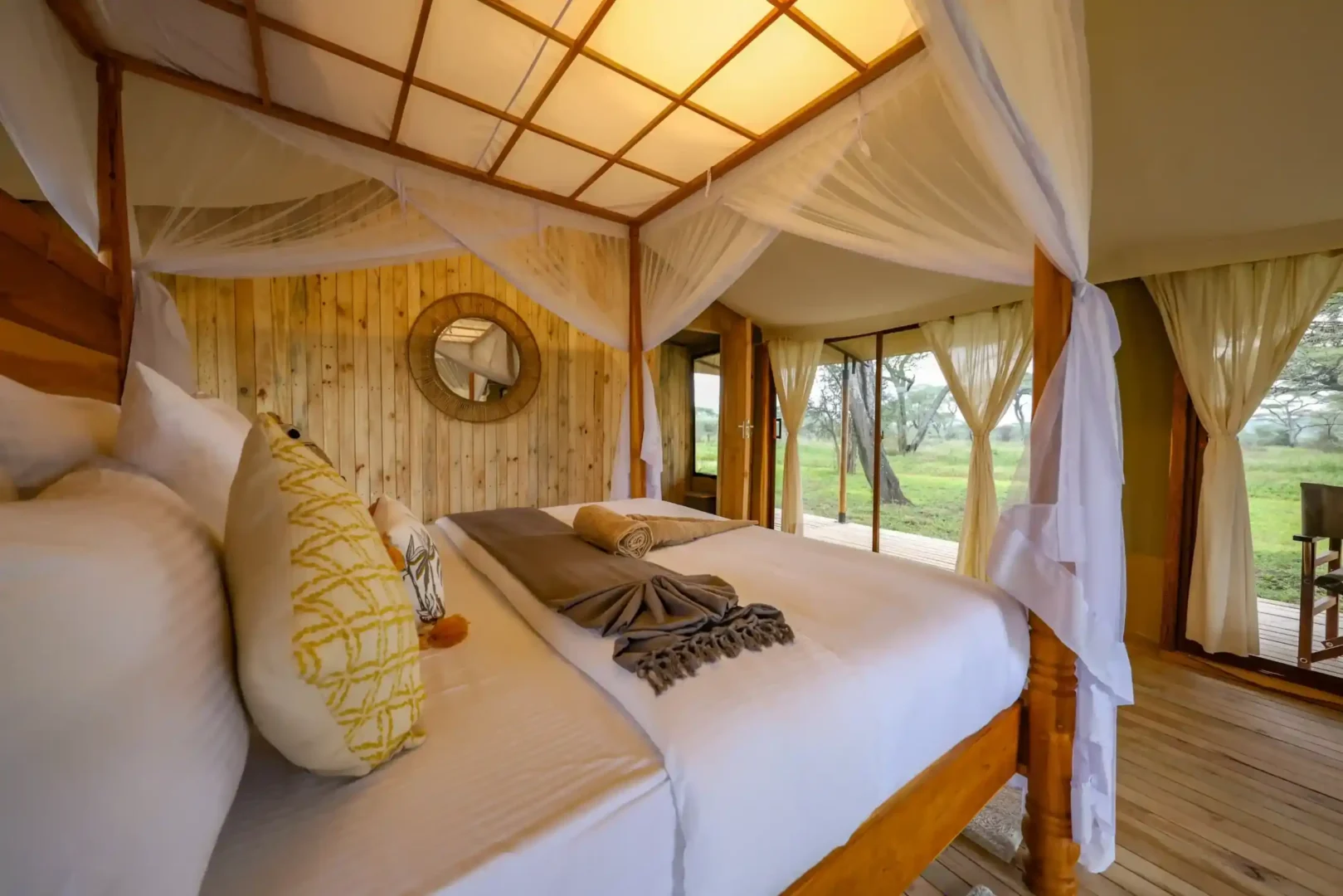
The Western Corridor of the Serengeti is synonymous with luxury and exclusivity. This region not only offers stunning views and luxurious accommodations but also provides prime opportunities to witness the Great Migration at the Grumeti River. Here, guests can enjoy a range of safari experiences, including traditional game drives, hot air balloon rides, and guided nature walks.
For those looking to indulge in a high-end safari experience, the Western Serengeti is an excellent choice. The combination of opulent camps, diverse activities, and the awe-inspiring spectacle of the migration makes it a top destination for discerning travelers.
Eastern Serengeti: Tranquil and Scenic Safaris
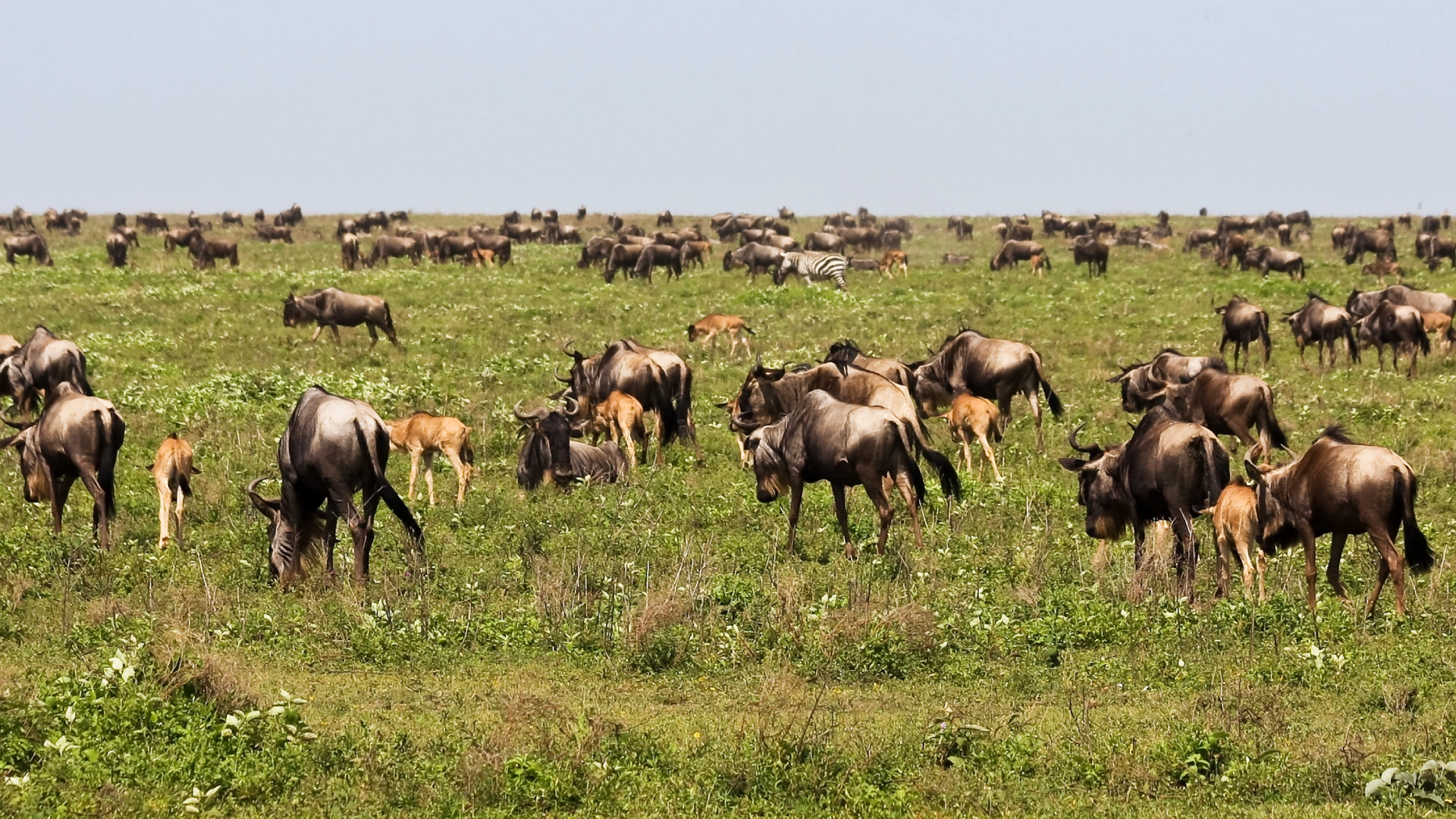
The Eastern Serengeti is a hidden gem, often overlooked by the masses, making it the least visited and quietest area of the park. This tranquility provides an ideal setting for those seeking solitude and a deeper connection with nature. The region is known for its peace and quiet, offering a serene safari experience away from the crowds.
Wild cats, particularly cheetahs, roam the Eastern Serengeti, adding to the allure of this picturesque landscape. The combination of scenic beauty and abundant wildlife makes the Eastern Serengeti a perfect destination for those looking to escape the hustle and bustle and immerse themselves in the natural world.
Best Time to Visit Different Serengeti Regions
Timing is everything when planning a visit to Serengeti National Park. The central Serengeti, particularly the Seronera River Valley, offers reliable game viewing year-round due to its permanent water sources. However, the dry season from June to October is considered the best time for wildlife viewing across the park, as animals congregate around water sources and the skies are clear. The Ngorongoro Conservation Area, adjacent to the Serengeti, is also a year-round destination offering additional wildlife viewing opportunities and significant geological sites.
The Western Corridor is a key area to witness the dramatic Grumeti River crossings during the Great Migration, typically from May to July. For those looking to see the calving season, February and March are prime months in the southern Serengeti, where newborn wildebeests attract a plethora of predators.
From August to October, the northern Serengeti is the place to be for witnessing the Mara River crossings of the Great Migration. During the rainy season, particularly in April and May, the lush landscapes provide excellent conditions for viewing wildlife, although some roads may become challenging.
To avoid the crowds while still enjoying great wildlife viewing, consider visiting during the shoulder seasons of April, May, and November.
How to Reach Serengeti National Park
Reaching Serengeti National Park is an adventure in itself. Most international travelers fly into Kilimanjaro International Airport (JRO), the primary gateway to the Serengeti. Alternatively, travelers can use Julius Nyerere International Airport (DAR) or Jomo Kenyatta Airport (NBO). From these airports, regional flights are available to various airstrips within the park.
Arusha Airport also serves as a gateway for those heading to the Serengeti. Flights from Kilimanjaro International Airport to the Serengeti typically take about 1 to 2 hours. For those who prefer a more scenic route, overland safaris from Arusha to the Serengeti offer a memorable journey through Tanzania’s landscapes, taking approximately eight hours.
Game Drive Safari in the Serengeti
A game drive in Tanzania Serengeti National Park is an exhilarating experience that brings you face-to-face with some of the most magnificent wildlife on Earth. The Acacia Collection offers strategically located properties within the park, allowing guests to stay serengeti national park close to the action and minimize travel time between safari activities.
Our game packages include guided safaris led by experienced in-house guides who know the Serengeti intimately. Additionally, all direct bookings come with airport pick-up and the option to add on activities like balloon safaris, ensuring a seamless and unforgettable safari experience.
Unique Features of Serengeti National Park
Serengeti National Park is home to the world’s highest concentration of large mammals, making it a premier destination for wildlife enthusiasts. The park’s diverse ecosystems, ranging from savannas and rivers to woodlands, support a wide variety of wildlife, ensuring a rich and varied safari experience.
Designated as both a UNESCO World Heritage site and a Biosphere Reserve, the Serengeti is one of the largest and most protected ecosystems globally. Its magnificent scenery, including glorious savannas and lavish grasslands, along with the critical habitat it provides for rare and endangered species, underscores its ecological importance.
Duration Recommendations for a Serengeti Safari
To truly appreciate the diverse ecosystems and wildlife of Serengeti National Park, travelers are encouraged to spend a minimum of 4 to 5 days in the park. This duration allows visitors to experience the different landscapes, observe various animal species, and witness unique wildlife behaviors.
Some visitors opt for extended stays of up to two weeks, enabling them to explore further, engage in diverse activities like guided walks and balloon safaris, and witness multiple phases of the wildlife cycles. An extended stay ensures a deeper immersion in the Serengeti experience.
Cost of Entry and Additional Fees
Planning a Serengeti safari involves understanding the costs associated with entry and additional fees. For adult foreign tourists, entry fees are $70 per day during peak season and $60 during the low season, with an additional 18% VAT applied. Children aged 5 to 15 years are charged $20 per day, and there is no entry fee for children under 5 years old.
For those staying in lodges or camps inside the park, a concession fee of $60 for adults and $10 for children applies during peak season. Safari vehicle entry fees vary based on vehicle size, ensuring that all necessary costs are covered. Our bookings include these costs, creating a hassle-free experience for our guests.
What You Can Expect to See on a Serengeti Safari
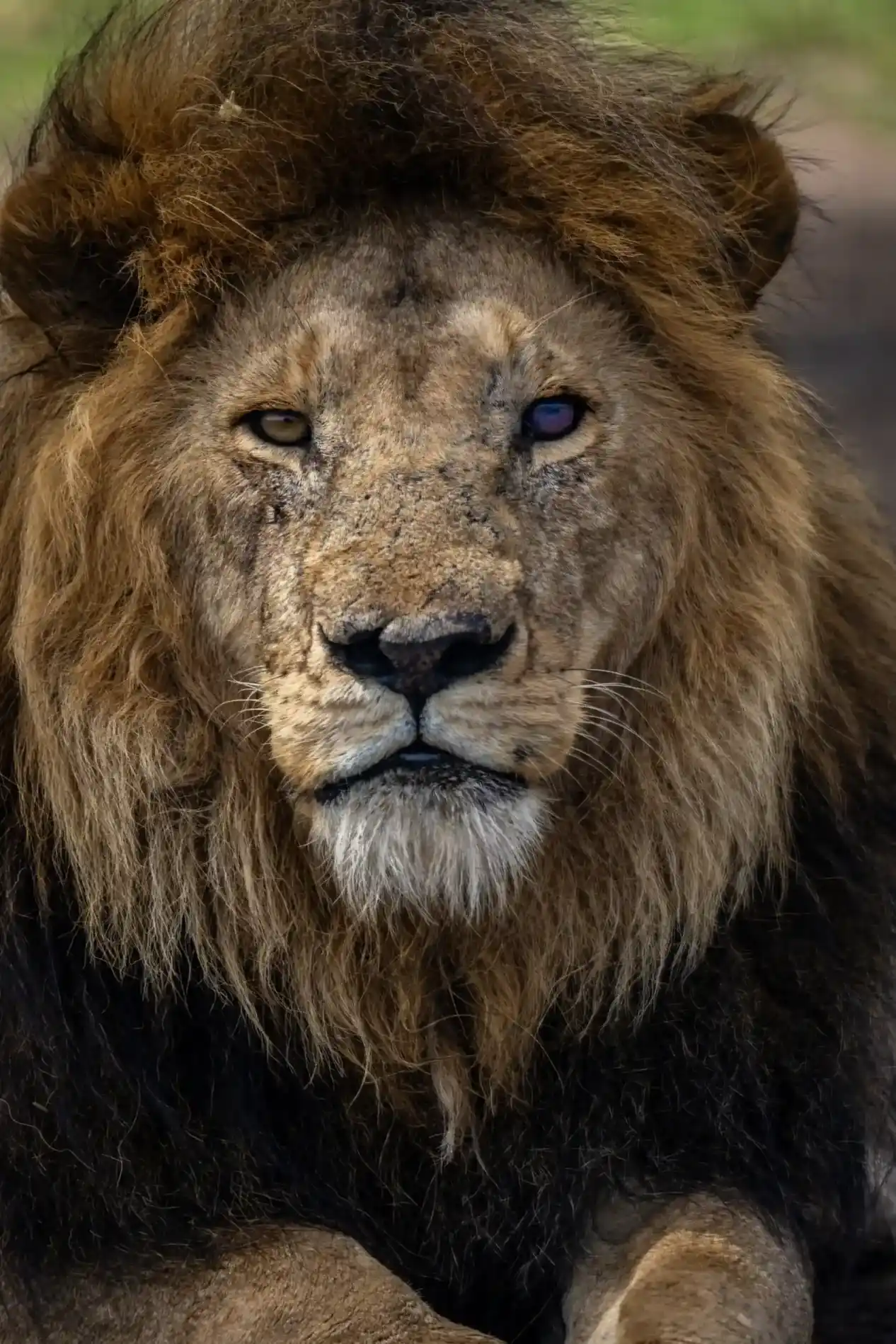
On a Serengeti safari, expect to see the iconic Big Five: lions, leopards, elephants, buffalos, and rhinos. The park is also renowned for the Great Wildebeest Migration, one of the most significant wildlife events on the planet, where millions of wildebeests, zebras, and gazelles migrate across the plains in search of grazing areas.
The Seronera River Valley in Central Serengeti is a hotspot for wildlife due to its abundant vegetation, attracting a variety of resident species such as giraffes, hippos, and numerous bird species. This diversity ensures that visitors will enjoy a rich and rewarding wildlife viewing experience year-round.
Hot Lunch on your Safari
Unlike the typical packed lunches provided on most safaris, our game drive activities include a hot lunch, enhancing the overall experience. Enjoying a freshly prepared meal in the heart of Serengeti National Park allows you to savor the flavors of Tanzania while surrounded by stunning landscapes and wildlife.
Private safaris offer the flexibility to set your own pace, ensuring that your lunch breaks are as leisurely or swift as you desire. This personalized touch adds a layer of luxury and comfort to your safari, making it a truly memorable adventure.
Safety Considerations for Your Serengeti Safari
Safety is paramount on a Serengeti safari. It is strictly prohibited to step outside safari vehicles unless accompanied by an armed ranger, as the risks from wild animals are significant. This ensures your safety while allowing you to enjoy the wildlife from a secure vantage point.
Tips and Essentials for Your Safari
To ensure a comfortable and enjoyable safari in Serengeti National Park, it’s important to come prepared. Here are some essential tips and items to bring along:
- Clothing: Pack comfortable, neutral-colored clothing that blends with the natural environment. Sturdy shoes are a must for walking safaris and exploring the park. Don’t forget to bring warm layers for cooler mornings and evenings, as temperatures can vary significantly.
- Sunscreen and Insect Repellent: Protect yourself from the sun’s harsh rays with high-factor sunscreen. Insect repellent is also essential to ward off mosquitoes and other insects, especially during the evenings.
- Binoculars: A good pair of binoculars is invaluable for getting a closer look at wildlife and scenic views. They allow you to observe animals from a safe distance without disturbing them.
- Camera: Capture the incredible moments of your safari with a camera. Ensure you bring extra batteries or a charger to keep your camera powered throughout your trip.
- Water and Snacks: Staying hydrated and energized is crucial during your safari. Bring plenty of water and snacks to keep you refreshed during long game drives.
- First Aid Kit: A basic first aid kit with essentials such as bandages, antiseptic wipes, and pain relievers can be very handy in case of minor injuries or ailments.
- Responsible Tourism: Respect the park’s wildlife and ecosystems by following park rules and regulations. Support responsible tourism practices by minimizing your environmental impact and respecting local communities.
By following these tips and packing the right essentials, you’ll be well-prepared for an unforgettable safari experience in Serengeti National Park. Enjoy the adventure and the incredible wildlife that awaits you!
Tailoring Your Ideal Serengeti Experience
Creating a personalized safari experience in Serengeti National Park is all about tailoring the adventure to your preferences and budget. Custom safari itineraries can be designed to include multiple locations within the Serengeti, enhancing your wildlife viewing opportunities.
Photography tours are also available, allowing guests to capture the beauty of the Serengeti with professional guidance. Whether you prefer a luxury safari or a more rugged adventure, our tailored experiences ensure that your Serengeti safari is truly unforgettable.
Summary
The Serengeti National Park offers a myriad of experiences, from the bustling wildlife of the central plains to the serene beauty of the eastern regions. Timing your visit, understanding the costs, and ensuring safety are crucial for a memorable safari. Whether you’re drawn by the Great Migration or the tranquility of the Eastern Serengeti, there’s something for everyone.
As you plan your adventure, remember to tailor your safari to your preferences, ensuring a personalized and enriching experience. The Serengeti awaits, promising a journey filled with awe, wonder, and unforgettable memories.
Frequently Asked Questions
What is the best time to visit Serengeti National Park?
The ideal time to visit Serengeti National Park is during the dry season from June to October for excellent wildlife viewing, particularly if you want to experience the Great Migration in the Northern Serengeti from August to October.
How can I reach Serengeti National Park?
To reach Serengeti National Park, fly into Kilimanjaro International Airport (JRO) and take a regional flight to a park airstrip, or opt for an overland safari from Arusha for a scenic journey. Either option provides an exciting start to your adventure.
What safety precautions should I take on a Serengeti safari?
For a safe Serengeti safari, always remain inside your vehicle unless with an armed ranger, and avoid driving alone to mitigate risks from wildlife and navigation challenges. Prioritizing these precautions will enhance your safety and enjoyment during the experience.
What wildlife can I expect to see on a Serengeti safari?
On a Serengeti safari, you can expect to see the Big Five—lions, leopards, elephants, buffalos, and rhinos—along with the Great Wildebeest Migration, giraffes, hippos, and various bird species. The diversity of wildlife ensures a remarkable experience.
How long should I plan to stay in Serengeti National Park?
Planning to stay for at least 4 to 5 days in Serengeti National Park is advisable to truly appreciate its biodiversity and wildlife. For a deeper experience, consider extending your visit to up to two weeks.

